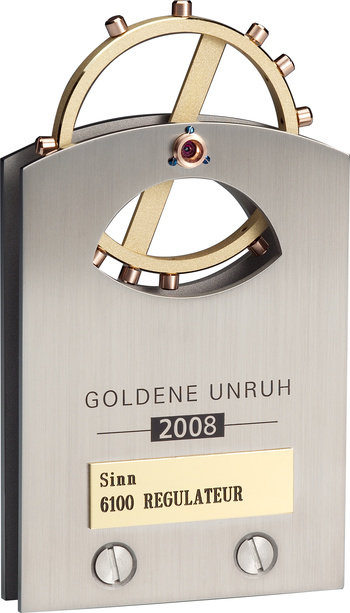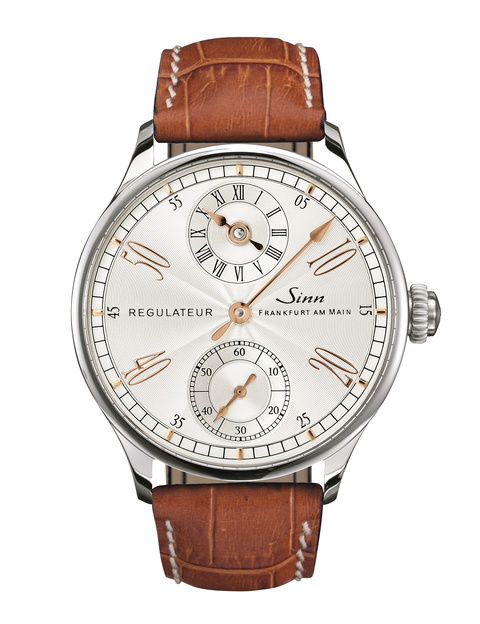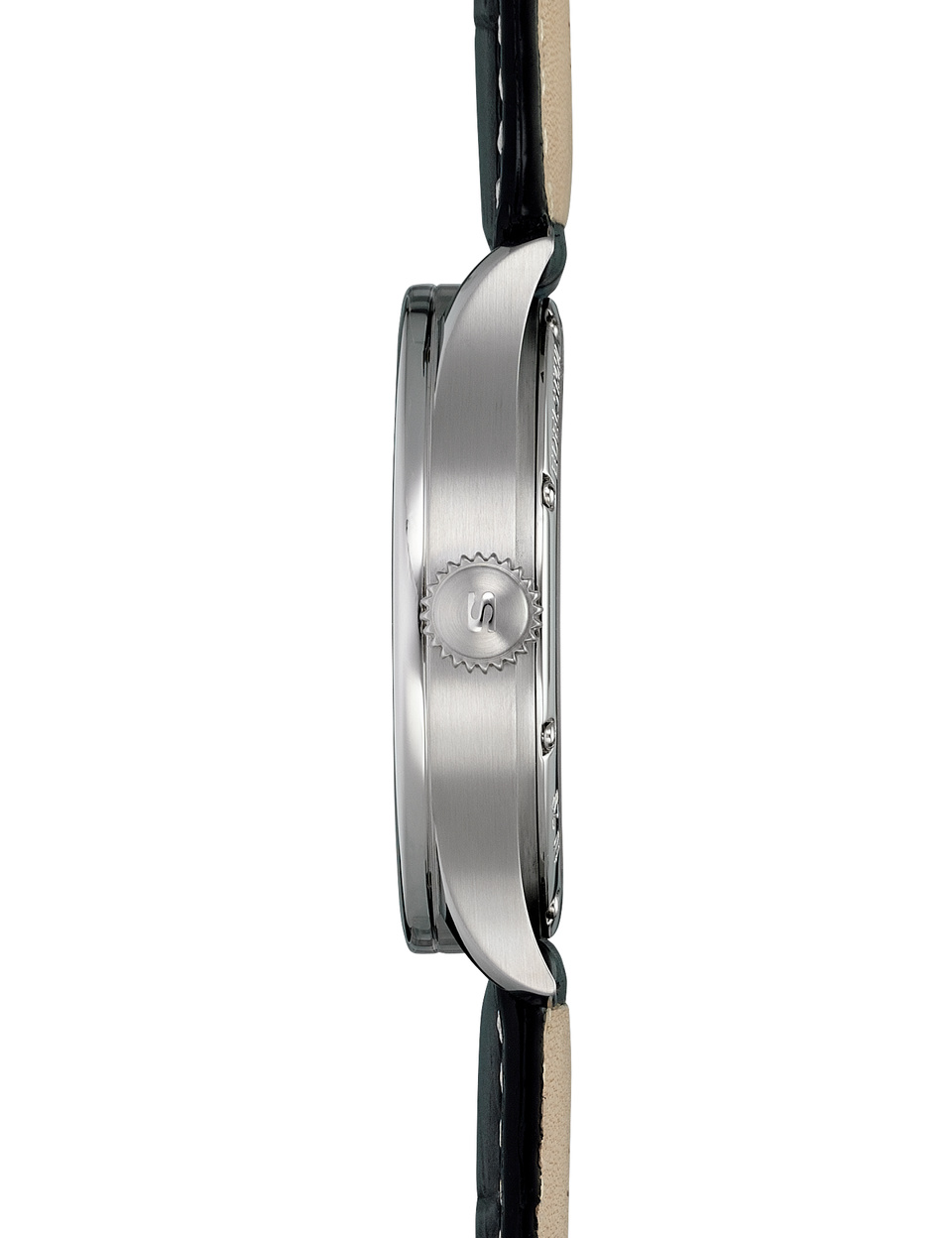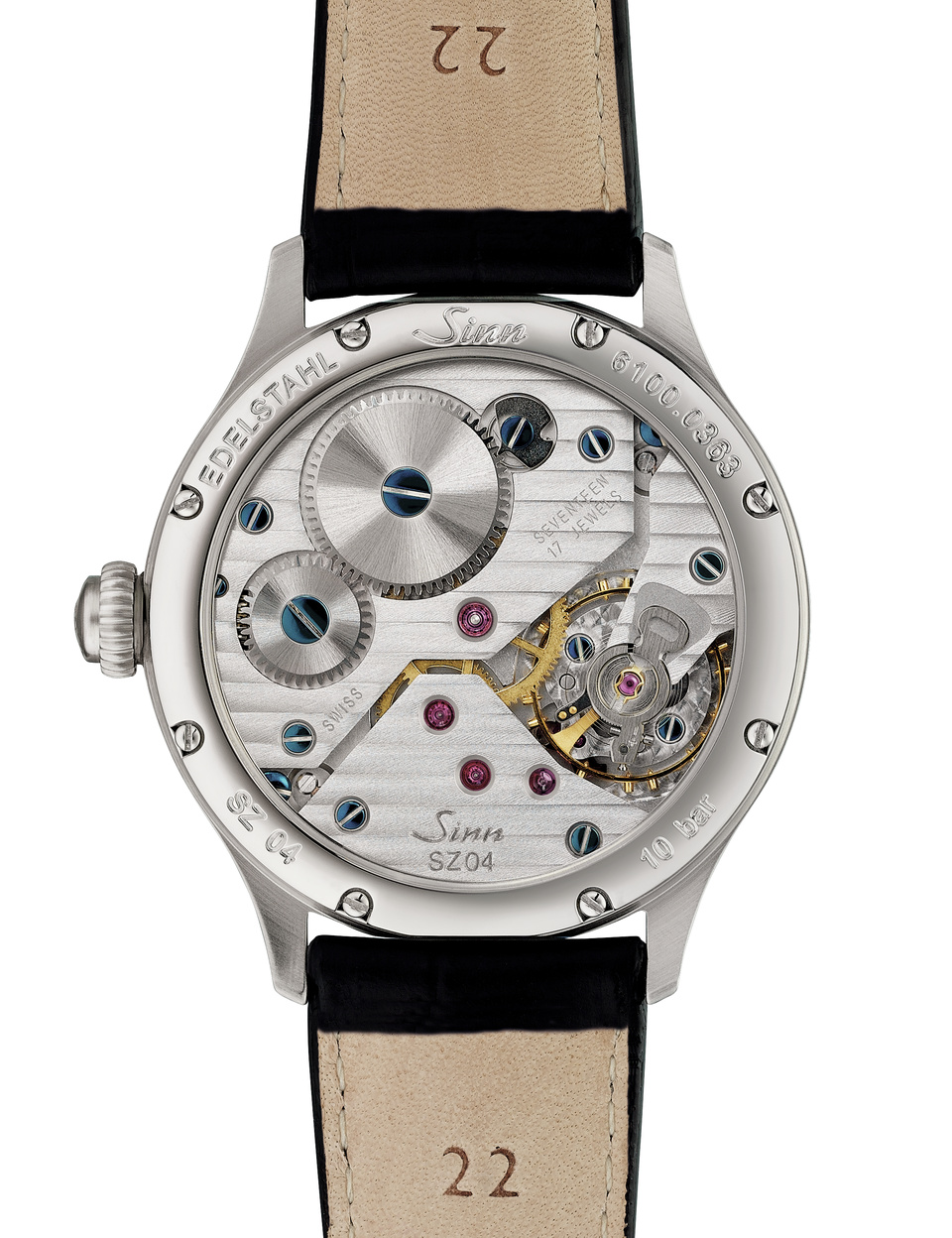Warranty Statement
In addition to the statutory warranty we, Sinn Spezialuhren GmbH, Wilhelm-Fay-Straße 21, 65936 Frankfurt am Main, also provide a manufacturer's warranty on material and manufacturing defects for the watch 6100 Classic 4N.
The warranty period is two years.
The warranty period is calculated from the invoice date.
Our warranty is applicable worldwide.
If you wish to make a warranty claim, we shall repair the watch for you at no additional cost.
Warranty claims are excluded in the event of damage caused by:
- Improper use
- Repairs or attempted repairs which were not carried out by us or our authorised partners. A list of authorised partners can be found in the Sales and Service Partners menu on our website www.sinn.de.
- Signs of wear and tear, especially on straps
- The use of force (blows, knocks, impact)
Please inform us - Sinn Spezialuhren GmbH, by phone +49 (0) 69/97 84 14-400 or email kundendienst@sinn.de - as soon as you are aware of the potential warranty claim so as to avoid consequential damages. In order to approve the warranty, we will need the watch and proof of purchase (invoice) with a detailed description of the damage.
In the event of a warranty claim, we shall bear the costs of sending and returning the watch as well as the transport risk, provided that the transport is carried out by the transport company specified by us and the watch has been securely packaged. Please contact us by phone +49 (0) 69/97 84 14-400 or email kundendienst@sinn.de. Otherwise, you as the customer shall bear the costs of the shipment and the transport risk.
Any costs incurred for customs duties, import duties and other fees incurred when the watch is returned to the recipient country must be borne by the recipient.
We provide this warranty in addition to your existing statutory rights in the event of defects. These rights are not restricted by the warranty and they can be exercised free of charge.
6100 Classic 4N
The classical REGULATEUR.
| Art-Nr. 6100.011 |
|---|
- Case made of stainless steel, polished / satinized
- Fine, sophisticated SINN SZ04 movement
- Hand-wound movement
- Glucydur screw balance
- Triovis precision adjustment system
- Guilloché, silver electroplated dial
- Second stop function for accurate time adjustment
- Sapphire crystal glass
- Transparent case back made of sapphire crystal glass
- Pressure-resistant to 10 bar (= 100 m water depth)
- Low pressure resistant
 Goldene Unruh 2008
Goldene Unruh 2008The minute as the central indicator of time. This hallmark of the present had its origin in the 18th century. Louis Berthoud, son of the famed watchmaker Ferdinand Berthoud, developed the Regulateur dial. His idea was that the minute hand should be dominant, while the hour and second hands rotate in separate areas of the dial. This was a ground-breaking invention which also accommodated a general development: people were increasingly measuring the most minute units of time. They increasingly demanded time measurement that was both accurate and identical everywhere. The new dial appeared in precision pendulum clocks, known as the regulators. They synchronized processes and measurements in transportation, trade and communications, and functioned as timers for the following centuries. Until the late 1960s, precision pendulum clocks were the standard used for official determination of the time - until they were replaced by atomic clocks.
Mechanical watches still fascinate us today. Their timeless principle has been ingeniously optimized and implemented in the 6100 REGULATEUR series by Sinn. The pendulum of the historic regulators continue to function in a modern form in these watches. Round pendulums (in this watch a balance aligned with screws) facilitate the continuous and precise movement of the hour, minute and second hands. The classic look of the REGULATEUR consciously focuses on a single minute hand as the primary time measurement. The timepiece has a guilloché dial with contrasting appliqués. The numerals are delicate and recall the style of historic predecessors.
- Mechanical Movement
- Case
- Case made of stainless steel, polished / satinized
- Sapphire crystal glass in front, anti-reflective on both sides
- Transparent case back made of sapphire crystal glass, anti-reflective on the interior
- Case back screw-fastened
- Meet the technical requirements for waterproofness, as set out in standard DIN 8310
- Pressure-resistant up to 10 bar (= 100 m water depth)
- Low pressure resistant
- Functions
- Subsidiary hours, central minutes, subsidiary seconds
- SINN Technologies
- Crown with D3-System
- Dimensions and Weight
- Case diameter: 44 mm
- Band lug width: 22 mm
- Case thickness: 10.6 mm
- Weight without strap: 80 gramme
- Dial and Hands
- Guilloché, silver electroplated dial
- Warranty
- Warranty period 2 years
Go to the warranty statement for this product
- Warranty period 2 years






